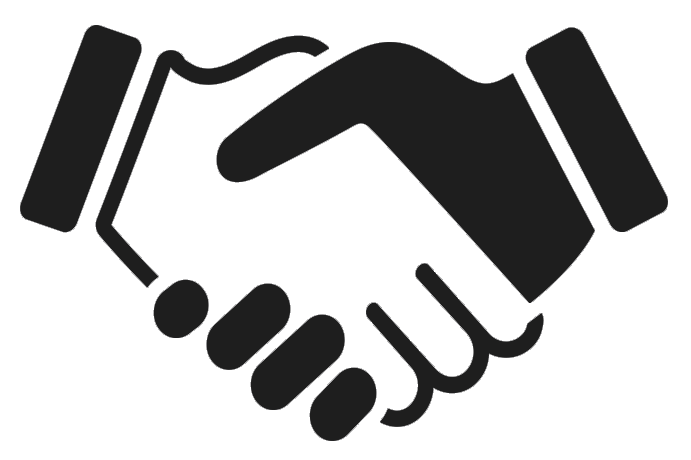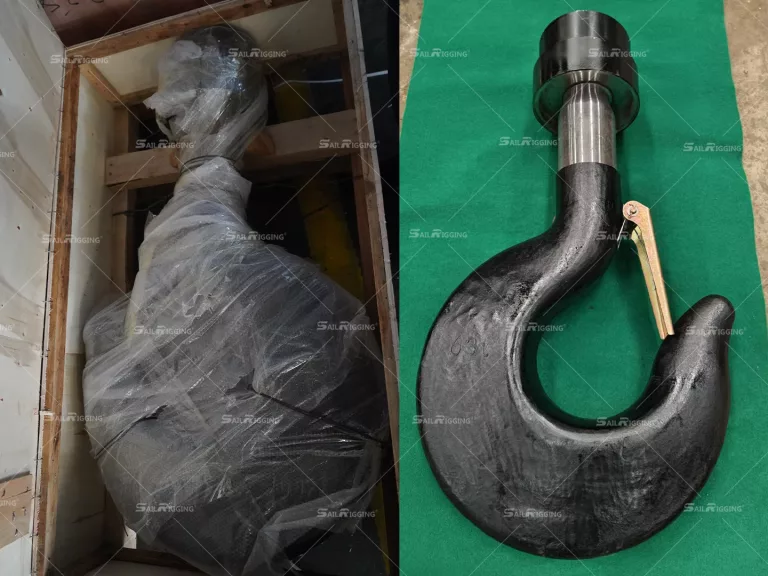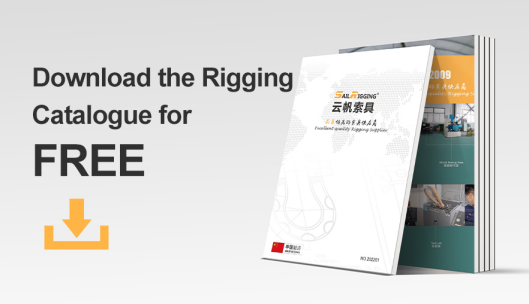Hooks are essential components in lifting and rigging operations, designed to bear heavy loads and ensure safe and secure connections. However, not all jobs are the same, and sometimes you need a hook that fits your specific requirements. Customizing a hook can provide you with the optimal tool for your unique application, offering enhanced performance, safety, and durability. Here’s how to customize a hook to meet your rigging needs.
1. Confirm Requirements
The first step in customizing a hook is to clearly define what you need it for. Consider the following factors:
- Load Capacity: What is the maximum weight the hook needs to lift or bear? This will determine the strength and material requirements for your custom hook.
- Application: What is the specific application? For example, lifting hooks for cranes may require different features than hooks used in marine environments or industrial settings.
- Environmental Conditions: Will the hook be exposed to harsh conditions such as extreme temperatures, moisture, or chemicals? This will influence the choice of materials and coatings.
- Connection Type: How will the hook be attached to other rigging hardware? Consider whether you need an eye hook, clevis hook, or some other attachment method.
2. Choose the Right Material
Material selection is crucial when customizing a hook. The material will impact the hook’s strength, durability, and resistance to environmental factors. Some common materials include:
- Carbon Steel: Known for its high strength, carbon steel is often used in hooks for heavy lifting. It’s durable but may require protective coatings to prevent rust.
- Stainless Steel: Stainless steel is ideal for applications where corrosion resistance is a priority, such as in marine or outdoor environments. It offers a good balance of strength and durability.
- Alloy Steel: For applications requiring superior strength and toughness, alloy steel is a popular choice. It’s often used for hooks that will bear extreme loads.
- Specialty Alloys: For extreme conditions, such as high heat or chemical exposure, specialty alloys can provide the necessary resistance while maintaining strength.
3. Customization
The design of the hook plays a significant role in its functionality. When customizing a hook, consider the following design elements:
- Shape: Hooks come in various shapes, such as “S” hooks, grab hooks, slip hooks, and self-locking hooks. The shape should align with your specific application needs.
- Opening Size (Throat): The opening or throat size of the hook determines the diameter of the load it can accommodate. Customizing the throat size ensures that the hook can handle the specific loads you plan to use.
- Length and Reach: The length and reach of the hook can be customized to provide the right balance between maneuverability and load-bearing capacity.
- Safety Features: Adding safety features such as latch kits or self-locking mechanisms can enhance the hook’s performance by preventing accidental disengagement of the load.
4. Surface Finish
Protective coatings can significantly extend the life of your custom hook by safeguarding it against environmental damage. Common coatings include:
- Galvanization: This zinc coating provides corrosion resistance, making it ideal for outdoor and marine applications.
- Powder Coating: A durable, thick coating that protects against wear, corrosion, and chemicals. It also adds a layer of aesthetic customization if needed.
- Plating: Options such as nickel or chrome plating can enhance the hook’s resistance to corrosion and wear, as well as improve its appearance.
- Paint: For hooks used in specific industries or environments, color coding with paint can improve safety and identification.
5. Load Rating
When customizing a hook, it’s essential to ensure that it meets or exceeds the required load ratings for your application. Depending on your industry, you may need the hook to be certified to specific standards. This ensures that the customized hook is not only tailored to your needs but also compliant with safety regulations.
Conclusion
Customizing a hook allows you to create a rigging tool that perfectly suits your specific needs, enhancing performance, safety, and durability. Qingdao Sail Rigging Co., Ltd , specialize in providing customized rigging solutions, including custom hooks tailored to your exact specifications. Contact us today to learn more about how we can help you design the perfect hook for your application.





